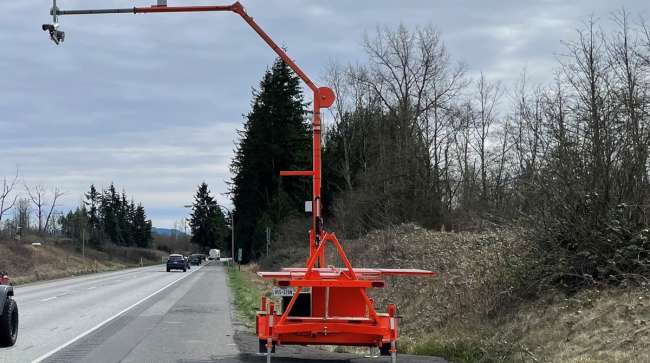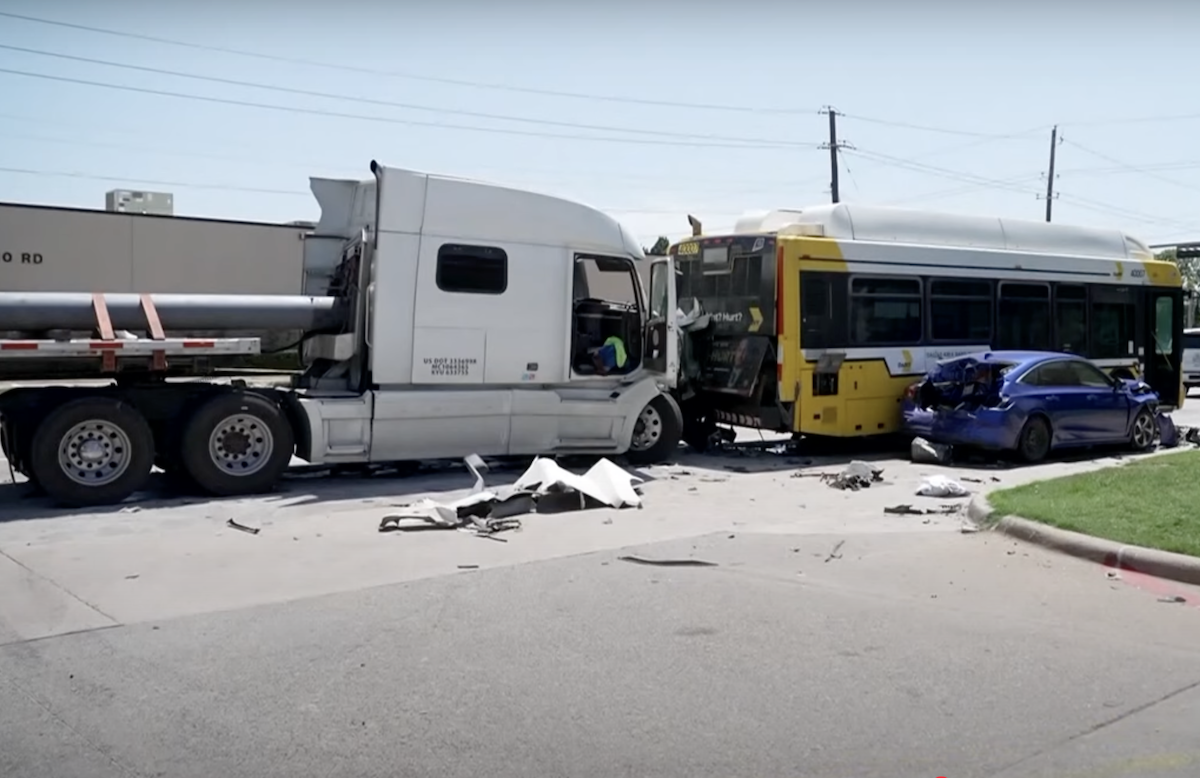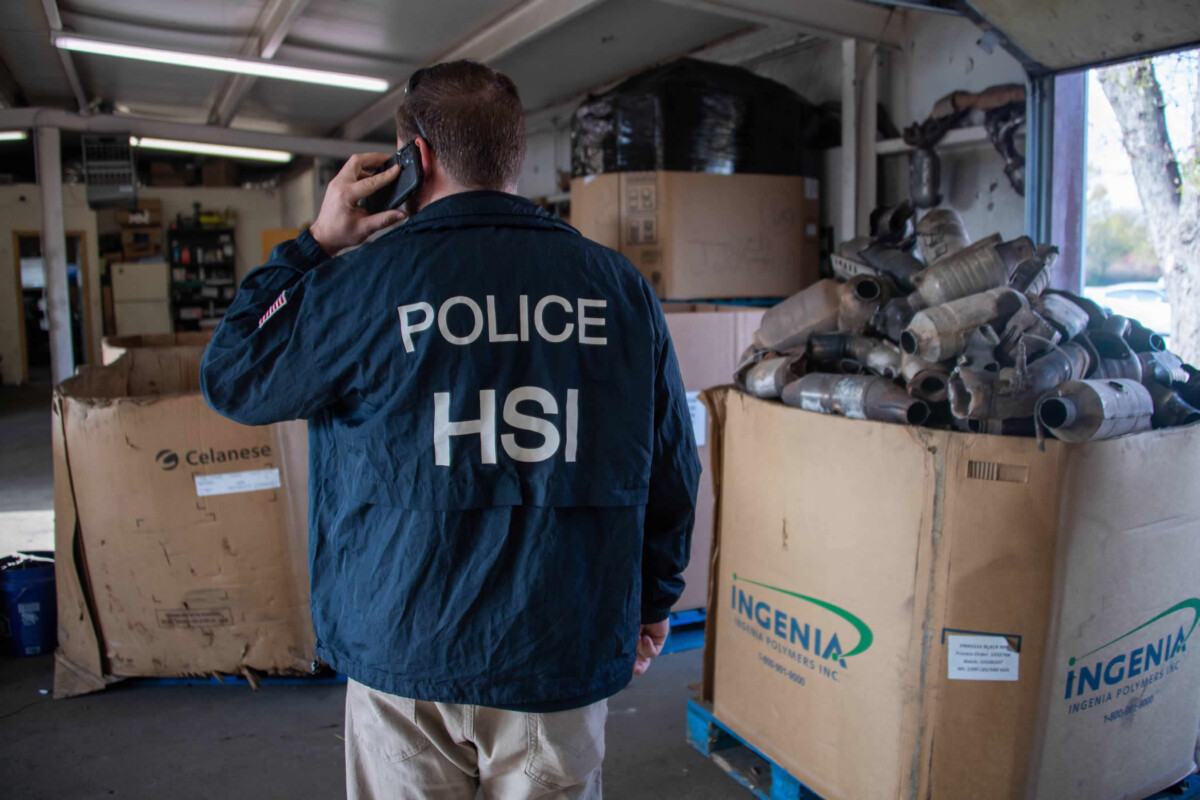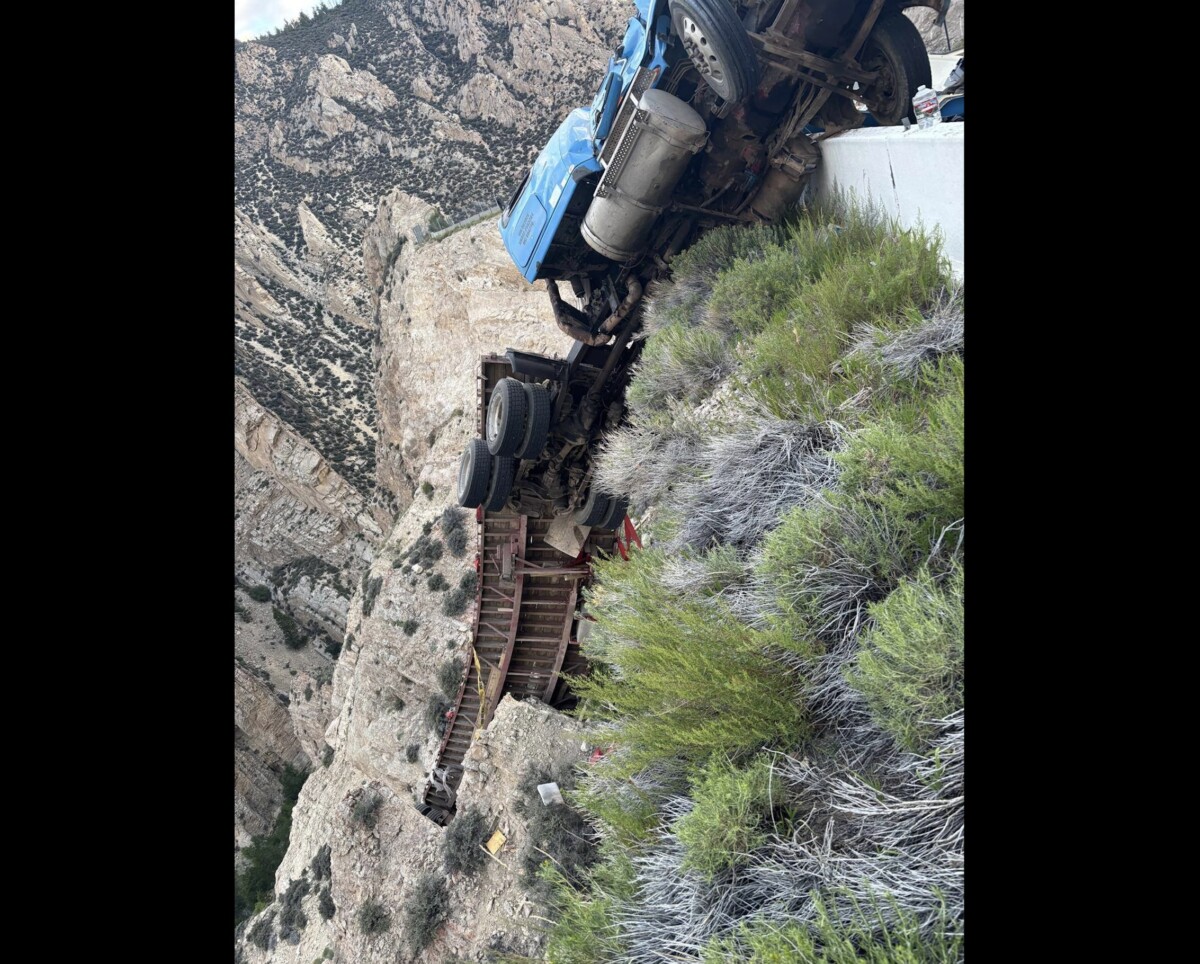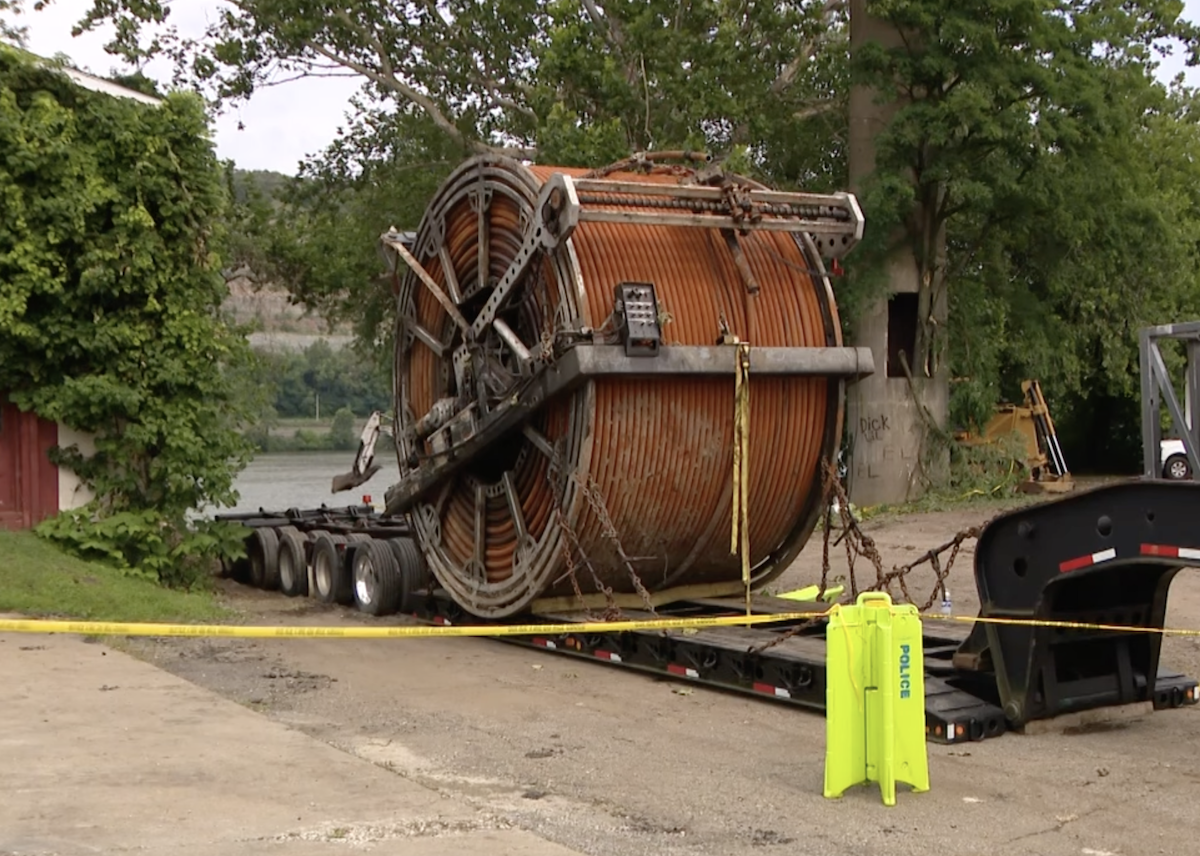The speed camera located in Skagit County between Cook and Bow Hill roads. (Washington State Department of Transportation)
Washington state has launched a behavior modification experiment with cameras on Interstates 5 and 90 to encourage speeders to drive safer and stay within speed limits.
State lawmakers are funding the $1 million pilot project led by the Washington State Department of Transportation in partnership with the State Patrol and Washington Traffic Safety Commission.
What makes this experiment different from other traffic camera enforcement operations is how the state will use a carrot instead of a stick to change unwanted driving behaviors.
“When a driver receives a courtesy notice, it informs them of the speed at which their vehicle was traveling and the potential cost of a ticket for that speed. The message on the courtesy notice focuses on safety. This program does not issue fines, nor does it affect driving records,” WSDOT stated.
As of April 10, cameras were set up in eastern and western Washington to see if recording vehicles traveling too fast on those two interstates could reduce speed-related crashes and injuries.
In June when the experiment ends, WSDOT will analyze the results and public feedback before reporting its findings to the state Legislature.

Miller
“We would encourage truck drivers, like everyone else, to reduce speeds in these locations and on all roadways,” Kyle Miller, WSDOT speed safety camera systems program manager, told Transport Topics.
There were 358 fatal or serious injury crashes in 2023 on state-run highways, according to the latest state Traffic Safety Commission figures.
Based on crash data, the camera locations are:
- Southbound I-5 in Skagit County between Cook and Bow Hill roads
- Eastbound I-90 near Liberty Lake in Spokane County between the Liberty Lake and state line interchanges
These locations were selected after program managers reviewed crash data and targeted roadways where speed was a factor in fatal and serious injury crashes. The two areas also were chosen because they have adequate wide shoulder space for cameras to be positioned between on- and off-ramps to obtain accurate data.
Both of these routes are key freight corridors in Washington with I-5 spanning a north-south route from Canada to Mexico and I-90 passing east-west through 13 states to link the Pacific and Atlantic coasts.

The camera in Spokane County between the Liberty Lake and state line interchanges. (Washington State Department of Transportation)
“The average daily truck traffic in both directions is 3,700 for the I-5 segment and 7,300 for the I-90 segment. With I-90 being a corridor between Washington State and many other parts of the country, it’s hard to say specifically where people are traveling. They are obviously heading into Idaho. We have busy ports in Seattle and Tacoma and traffic can come down from Canada,” a WSDOT spokesperson said, adding that southbound I-5 traffic is likely “coming from Canada and potentially returning from dropping goods in Canada.”
The cameras will track speeds using an average-speed method based on placing multiple cameras at each location and noting the time it takes a vehicle to travel between two different measurement points.
“The vehicle’s average rate of speed between those two locations will be used to determine if the driver was speeding. The cameras will hover 19 feet over the roadway from trailers placed on the side of the road,” WSDOT noted.

